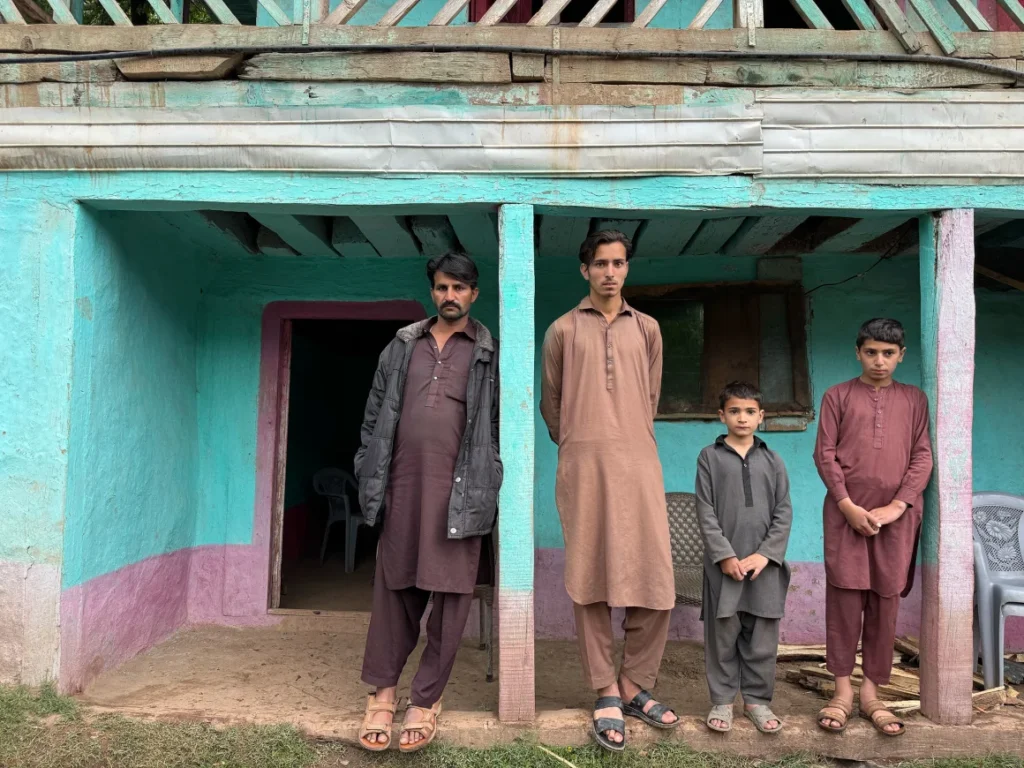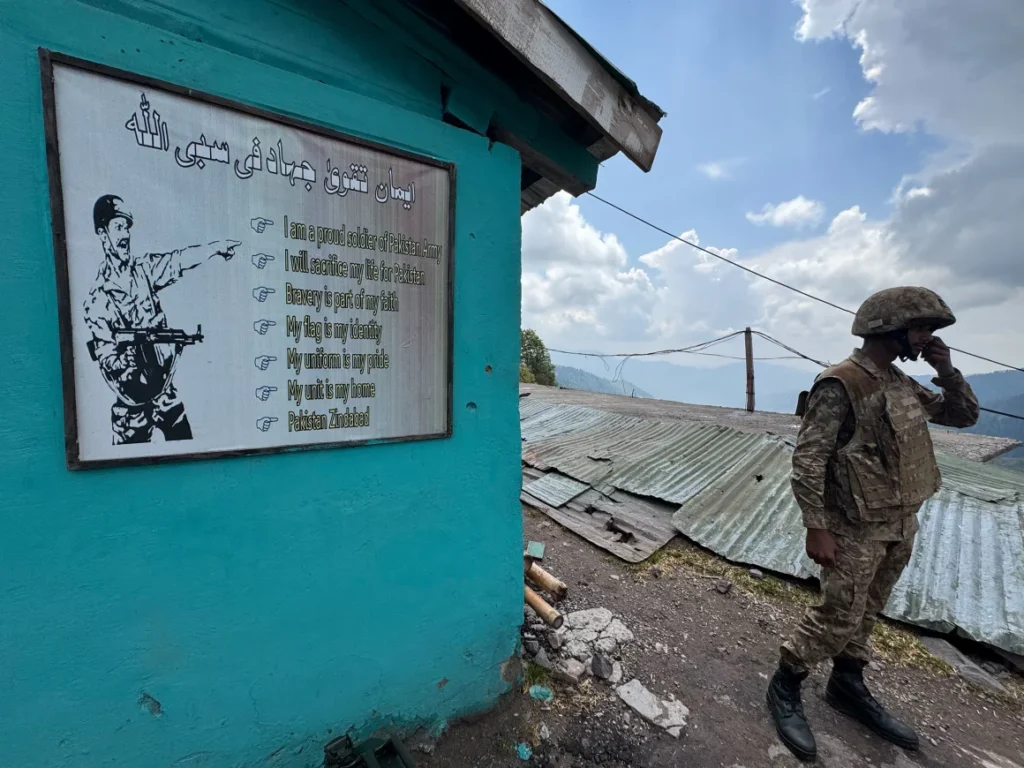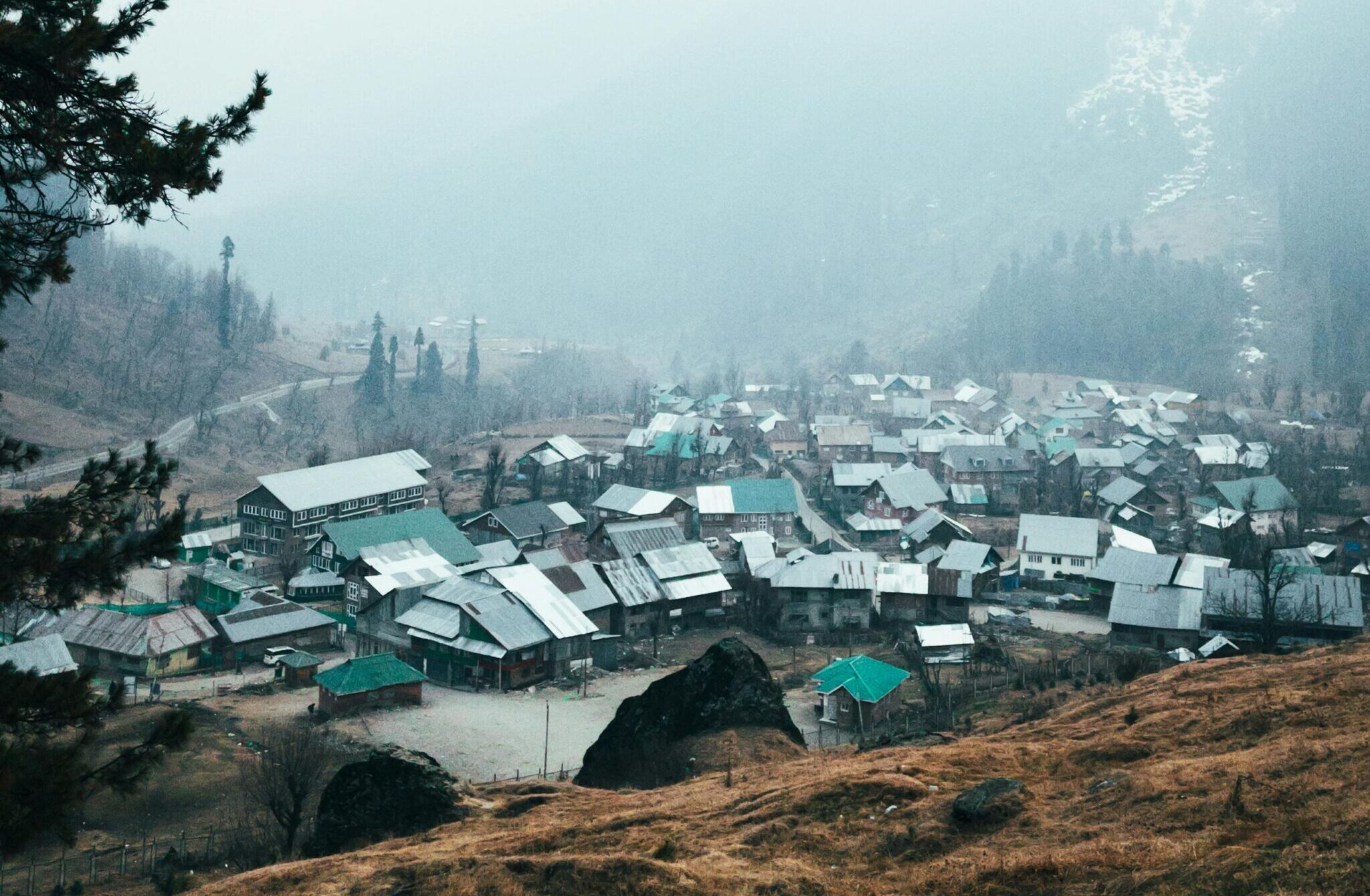The Kashmir region is once again caught in a familiar storm—rising tensions, fierce rhetoric, and military maneuvers. In the aftermath of a brutal attack in April 2025, India and Pakistan are locked in a new cycle of hostility that has gripped the subcontinent and drawn international concern.
The Pahalgam Attack: A Catalyst for Crisis
On April 22, 2025, gunmen dressed in Indian Army-style fatigues ambushed a group of domestic tourists in the Baisaran Valley near Pahalgam, a popular destination in Indian-administered Kashmir. The attackers opened fire indiscriminately, killing 26 people—25 Hindu Indian tourists and one local Muslim man who attempted to protect them. Over 20 others were left wounded.
Initially, a terror outfit known as The Resistance Front (TRF), believed to be a proxy of Lashkar-e-Taiba, claimed responsibility. Strangely, the group later withdrew that claim, further muddying the waters of accountability.
Diplomatic Fallout and Military Posturing
India responded swiftly and forcefully. Citing Pakistan’s alleged role in harboring terror groups, New Delhi escalated diplomatic and economic pressure on Islamabad:
- Indus Waters Treaty Suspended: India unilaterally froze the 1960 water-sharing agreement, a foundational pillar of India-Pakistan peace efforts, cutting off water flows to Pakistan-controlled regions.
- Diplomatic Expulsions: Both countries expelled senior diplomats, shuttered visa services, and effectively dismantled formal lines of communication.
- Airspace and Border Closures: India restricted Pakistani aircraft from its airspace, and key trade routes were suspended.
- Military Drills and Missile Tests: India conducted large-scale military exercises near the border, while Pakistan responded with missile launches of the Fatah and Abdali surface-to-surface systems, signaling its preparedness.
International Mediation Efforts
The situation has not gone unnoticed by global powers:
- Iran’s Shuttle Diplomacy: Iran’s foreign minister visited both countries to urge calm and encourage backchannel communication.
- Russia’s Mediation Offer: Russia openly stated its willingness to mediate, stressing the importance of peace in South Asia.
- UN’s Call for Restraint: The United Nations urged both nuclear-armed nations to refrain from further escalation and work toward a peaceful resolution.

Economic and Social Impacts
This latest flare-up has already caused serious ripples beyond the battlefield:
- Tourism Crippled: The scenic valleys of Kashmir, once bustling with tourists, are now ghost towns. Hotels, transport services, and local businesses are suffering.
- Trade Halted: Local industries that depend on cross-border trade—especially agriculture and textiles—face massive losses.
- Nationalism and Public Sentiment: Civilian anger and patriotism are peaking in both countries. While many citizens are calling for justice and security, others fear this could spiral into full-blown conflict.
Frequently Asked Questions
Q: What triggered the current India-Pakistan standoff?
A: A deadly terrorist attack in Indian-administered Kashmir, where 26 people were killed by gunmen suspected to be linked with Pakistani-based militants.
Q: Who is believed to be responsible for the attack?
A: Initially, The Resistance Front claimed responsibility but later retracted. The group is widely considered a front for Lashkar-e-Taiba, which has roots in Pakistan.
Q: How have India and Pakistan reacted diplomatically?
A: Both countries expelled diplomats, froze trade, restricted airspace, and suspended mutual agreements, including the Indus Waters Treaty.
Q: What are the economic consequences of this tension?
A: The tourism and trade sectors have been hit hard. Businesses across Kashmir are experiencing losses, and interstate travel has plummeted.
Q: Are there any efforts to de-escalate the crisis?
A: Yes. Iran and Russia are leading mediation efforts. The United Nations has also called for restraint from both sides.

Kashmir has long been a flashpoint, but the 2025 crisis underscores just how quickly tensions can rise—and how desperately the region needs a sustainable, peaceful roadmap. With two nuclear powers at odds, the world can’t afford to look away.
Sources CNN


